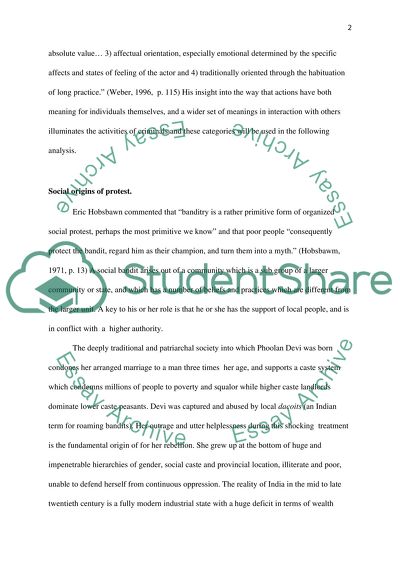Cite this document
(“Popular Resistance ( Criminology degree Level) : What is the Essay”, n.d.)
Retrieved from https://studentshare.org/environmental-studies/1420423-popular-resistance-criminology-degree-level-what
Retrieved from https://studentshare.org/environmental-studies/1420423-popular-resistance-criminology-degree-level-what
(Popular Resistance ( Criminology Degree Level) : What Is the Essay)
https://studentshare.org/environmental-studies/1420423-popular-resistance-criminology-degree-level-what.
https://studentshare.org/environmental-studies/1420423-popular-resistance-criminology-degree-level-what.
“Popular Resistance ( Criminology Degree Level) : What Is the Essay”, n.d. https://studentshare.org/environmental-studies/1420423-popular-resistance-criminology-degree-level-what.


